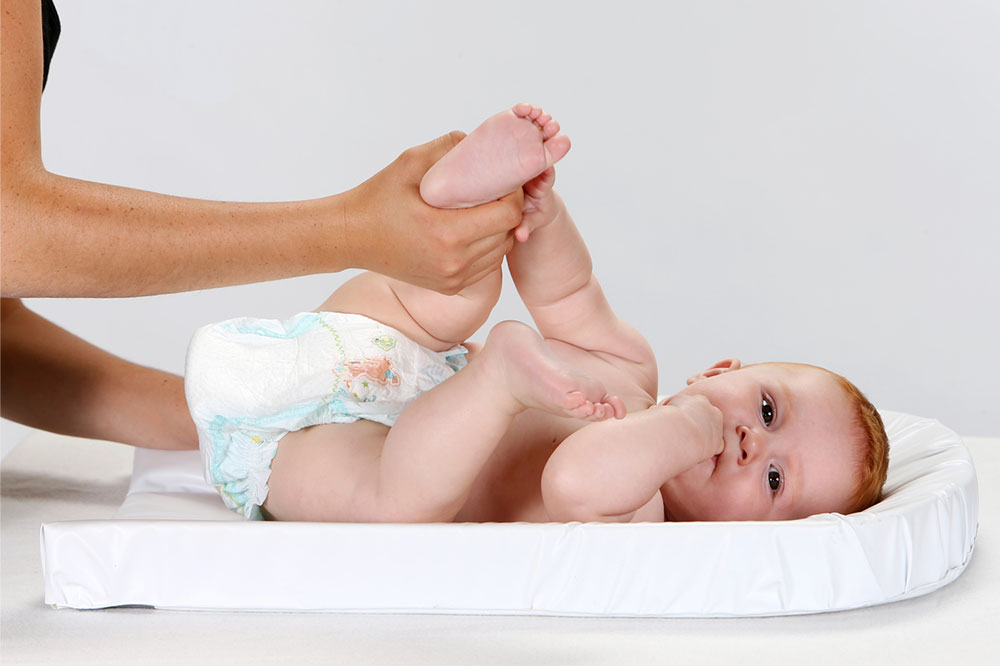9 common diaper changing mistakes first-time parents make

Babies bring just as much responsibility as joy into one’s life, and no one knows this better than first-time parents. Diaper changes are among the most challenging duties associated with baby care. Though it might seem relatively easy, there are some blunders new parents unintentionally make that may end up being hurtful or, at times, even dangerous for the child. Some common diaper-changing mistakes parents make, and ways to avoid them are listed below.
Using a bed instead of a changing table
Soft surfaces like beds make it more challenging to hold your infant steady. A child may also pee in the middle of changing, leading to a bigger mess. Therefore, it is better to use a level surface, like the floor or a changing table, which is easier to clean.
Not having a designated space for changing
A baby is more vulnerable to infections during a diaper change. So having a designated place ensures good hygiene and the baby’s safety. In case of emergencies, it’s advisable to disinfect the space before taking on the task. Spread a plastic mat in the area to minimize the mess.
Avoiding diaper change when it isn’t soiled
Even if a diaper is seemingly clean and dry, it’s advisable to change it every two to three hours. The baby’s skin is soft, and the friction from the diaper may lead to discomfort or irritation.
Leaving the room while changing
If the doorbell or phone rings, it’s normal to turn away from the baby, but it’s best to avoid doing so if the infant is on the changing table. It is essential to prevent accidents if the baby rolls over and tumbles off the table while you are away.
Not keeping the supplies handy
Ensure the changing station is equipped with all cleaning and changing essentials to avoid leaving your baby alone while you look for them.
Not carrying a distraction for the child
Babies often get restless due to the wetness in the diaper while changing. Too much movement while in wet diapers may lead to rashes. Therefore, always carry a toy or sippy cup that keeps the baby distracted and still during the diaper change.
Not cleaning and moisturizing properly
Do not rub the baby while cleaning. Instead, use a soft cloth and pat dry to avoid skin rashes. Moisturizing the baby thoroughly will help prevent itchiness and dryness. Use only a mild anti-rash cream or moisturizer. A mild dermatologically-approved talcum powder after moisturizing can also help the baby feel fresh and dry for a long time. Alternatively, cleaning the baby from back to front might seem more manageable, but that can make them vulnerable to infections. Therefore, it’s advisable to clean from front to back.
Ignoring umbilical stump
A baby’s belly button carries a fragment of the umbilical cord for a while, which falls off naturally. Ensure you do not cover the area with a diaper or accidentally pull it off before it’s healed. To avoid this, you can opt for foldable diapers or give an opening for them separately.
Using a diaper of the wrong size
Babies outgrow their clothes and diapers quickly, and using an undersized diaper may lead to chafing. Use the appropriate size to ensure the baby doesn’t feel uncomfortable.



